“Take a deep breath, and just do it”: An inclusion success story
May 26, 2015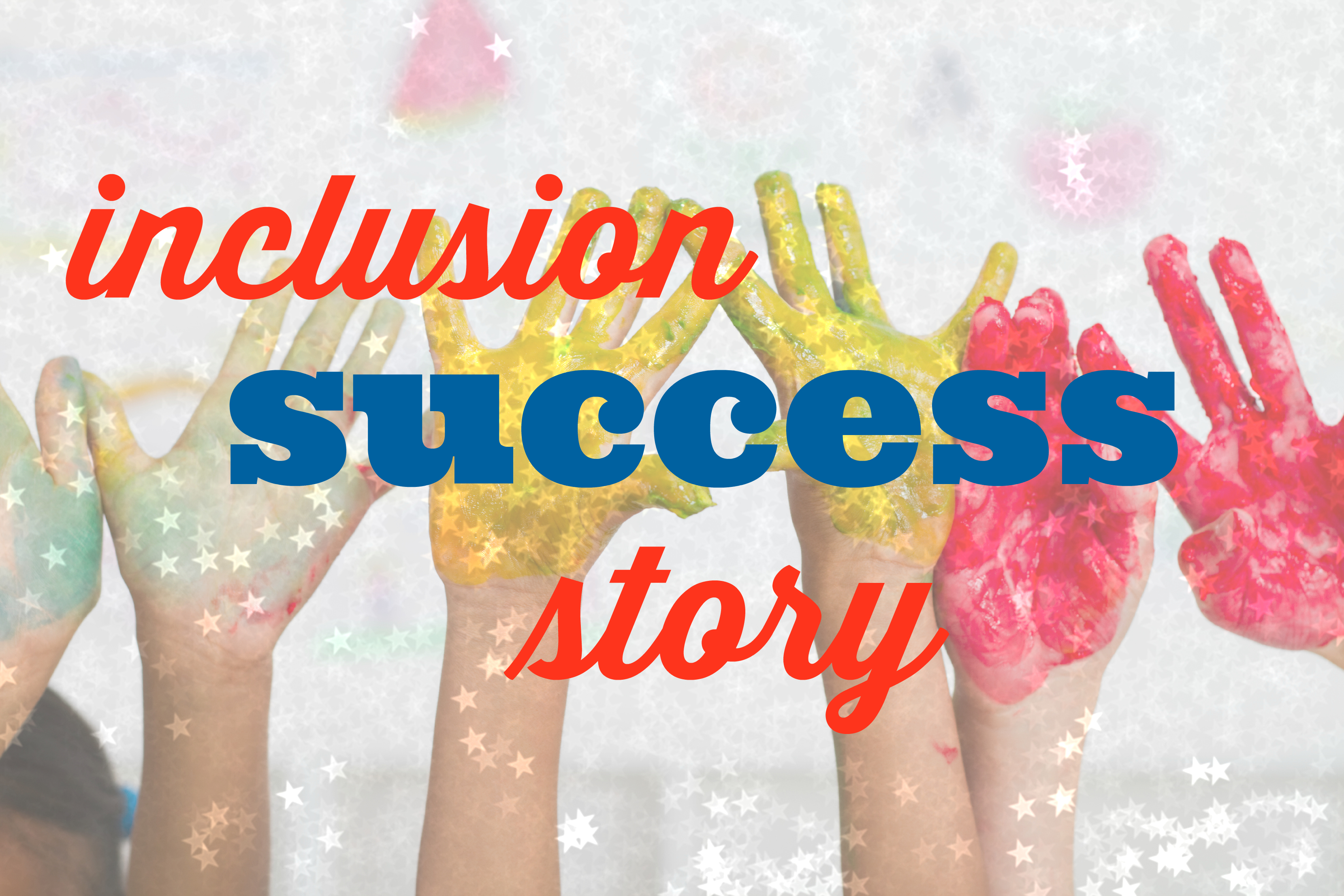
So excited to share the first of our Inclusion Success Stories today! In this post, you’ll hear from California mom Nelia Nunes, whose daughter Sabrina was born with a significant disability, and Sabrina’s second-grade teacher, Nancy. Together, they paint an awesome picture of the difference full inclusion makes in the life of a child.
First, I want to share Nelia’s important words about a critical part of Sabrina’s inclusion—making friends. Here’s how she helped foster Sabrina’s social relationships, and why the topic of playdates was a tough one to tackle at first:
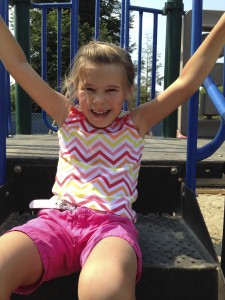 As I was picking up Sabrina from school, one of her classmates asked “Can I have a playdate with Sabrina sometime? Maybe at the park?” For some reason, the question threw me off guard. “Sure, I’ll set that up!”, I responded.
As I was picking up Sabrina from school, one of her classmates asked “Can I have a playdate with Sabrina sometime? Maybe at the park?” For some reason, the question threw me off guard. “Sure, I’ll set that up!”, I responded.
When Sabrina was in a special education classroom, I dreamt of her going to our neighborhood school and having playdates. I dreamt of her making friends with peers who knew and liked her for who she was, who knew her idiosyncrasies and still liked her. Friends whom I could just relax around. That day when that little boy asked me that question, for the first time consciously I realized that Sabrina had many classmates at school who liked her and who’d probably love to come over and play, but that I wasn’t making any effort to foster that. I often heard from Sabrina’s teacher and her instructional assistant that the kids loved Sabrina and wanted to be around her, I hadn’t made any effort at all to invite any of those children over to our house or to get to know them outside of school. In fact, Sabrina had celebrated 2 birthdays since she’d been at our neighborhood school, and both times I opted to have short parties away from home. One day shortly after that I was chatting with Sabrina’s teacher and the topic of playdates came up. She reminded me of something that I already knew—that Sabrina has many classmates that would love to come over to play and that it was important that I foster that.
To be honest, I had deep resistance. I had spent most of Sabrina’s life not only protecting her from others, but protecting others from HER. Making sure that Sabrina didn’t snatch their food, that she didn’t take her pants down in front of them (mortifying, right?), that she was engaging enough to be interesting. I originally consciously became aware I was doing this right before I made the decision to fight for inclusion for Sabrina. I knew that protecting others from Sabrina wouldn’t allow them to truly know her and accept her. But yet I found myself doing it again—it’s still a very difficult habit to break. What if they came over and she did X, Y, or Z? What if, what if? But the fact was, that these children were around Sabrina all day at school, without me there protecting them or her. And they liked her for HER. And so I took the plunge and invited a couple of classmates over after school.
It was FUN. At first I found myself hovering a bit, but after that I let them play. Both of those kids know Sabrina’s quirks. Nothing was a surprise. They bounced, they danced, they played with musical instruments. Neither child wanted to leave when their parents came to pick them up. Since then we’ve had a few more playdates (one with 9 kids…and a water gun fight—yikes!), and we’re planning a lot more in the summer.
As a parent, I think that it’s important to foster social relationships outside of the classroom, to think about my child’s strengths and how those can be turned into great playdates or inclusive extracurricular activities. Let’s face it, if I tried to get a board game going with Sabrina and her friends, it wouldn’t work. But there are many areas that Sabrina can participate in, and brainstorming those is key to making it an enjoyable, successful experience. Sabrina loves to swim, and it’s the perfect social opportunity for her for the summer. She’s happy, relaxed, and confident in the water—a perfect social opportunity. She’s also been showing interest in roller skating, so I may take a couple kids on a trip to the roller skating rink and then to ice cream. Create fun opportunities for your child’s friends so that they want to hang out at your child’s house or with your child.
Most importantly, just take a deep breath, and just do it.
***
I love this story. This is such a familiar experience for parents—that fear of the unknown, the initial urge to protect and shield. By taking a thoughtful approach to Sabrina’s social inclusion (thinking of activities that play to her strengths, and knowing when to step back and just let the kids play), Nelia’s helping her daughter’s friendships get off to a great start.
For another (equally smile-inducing) perspective, here’s what Nancy Preto, Sabrina’s second-grade teacher, wrote to Nelia at the end of this school year. With their permission, I’m sharing this letter with you as a beautiful example of why inclusion works.
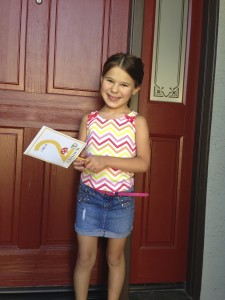 This year I know Sabrina has grown. That story has been a joy to tell and read on this page. I need to say to everyone reading this that there is so much more to the story of Sabrina’s year in second grade. She has brought to my classroom compassion, friendship, and understanding. Her classmates have learned about waiting their turn. They understand and appreciate other people’s learning style. They enjoy and thrive in being helpers. They read more stories to Sabrina than I would have dreamed!
This year I know Sabrina has grown. That story has been a joy to tell and read on this page. I need to say to everyone reading this that there is so much more to the story of Sabrina’s year in second grade. She has brought to my classroom compassion, friendship, and understanding. Her classmates have learned about waiting their turn. They understand and appreciate other people’s learning style. They enjoy and thrive in being helpers. They read more stories to Sabrina than I would have dreamed!
Sabrina is loving and kind. Kids are loving and kind when they are with her.
Sabrina is happy. Kids are happy when they are with her.
Sabrina wants to communicate. Kids communicate when they are with her.
Sabrina wants to learn. Kids love to help her learn.
Sabrina had given the kids in my classroom many gifts this year. The best gift of all was what Sabrina gave to me. In a nutshell: She gave me a tremendous challenge which turned into one of the greatest joys of my life. I absolutely love Sabrina and her family. I have so much respect for their commitment and passion. I have no limits for Sabrina.
We want to hear many, many more stories like these. (And to help support Sabrina’s full inclusion next year and beyond, we’re sending her mom a mini-library of our inclusion books to read and share with her daughter’s teachers.)
Have an inclusion success story of your own? You can Submit a Story here and share your experience. If we choose your story to feature on the Brookes Inclusion Lab, we’ll send you a free mini-library, too!
Read more about Sabrina and her inclusion journey on Nelia’s blog, Inclusion for Sabrina.

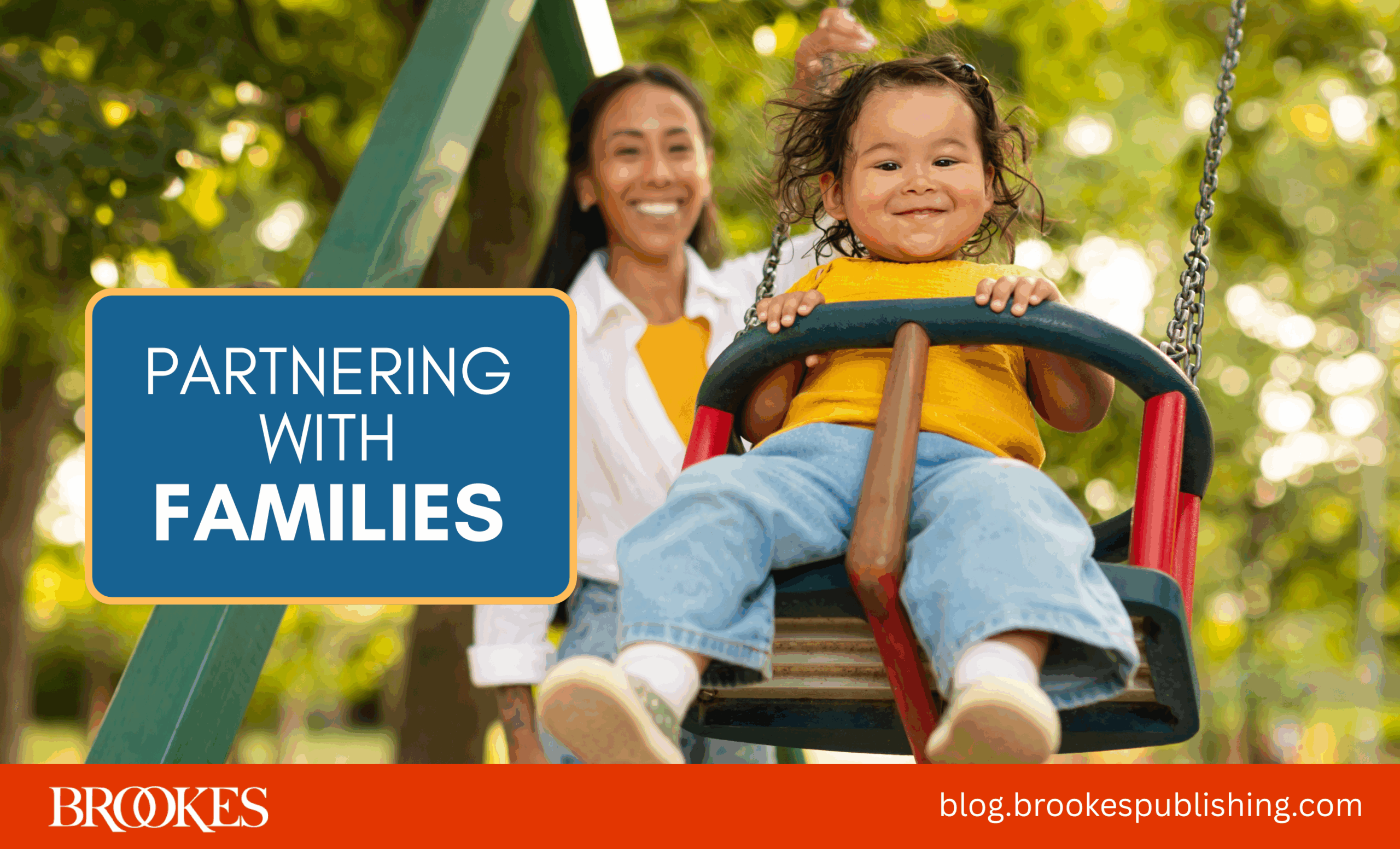
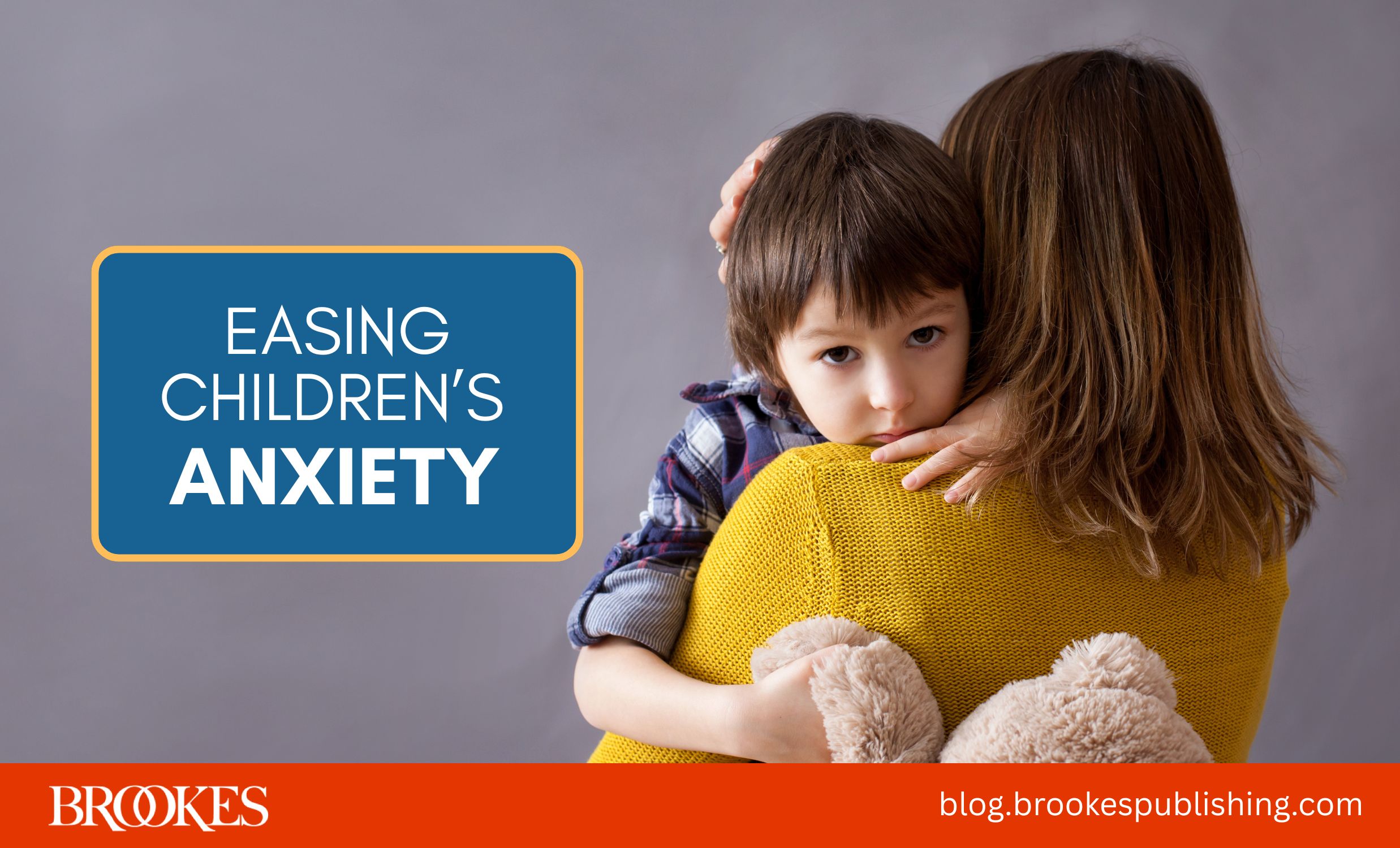
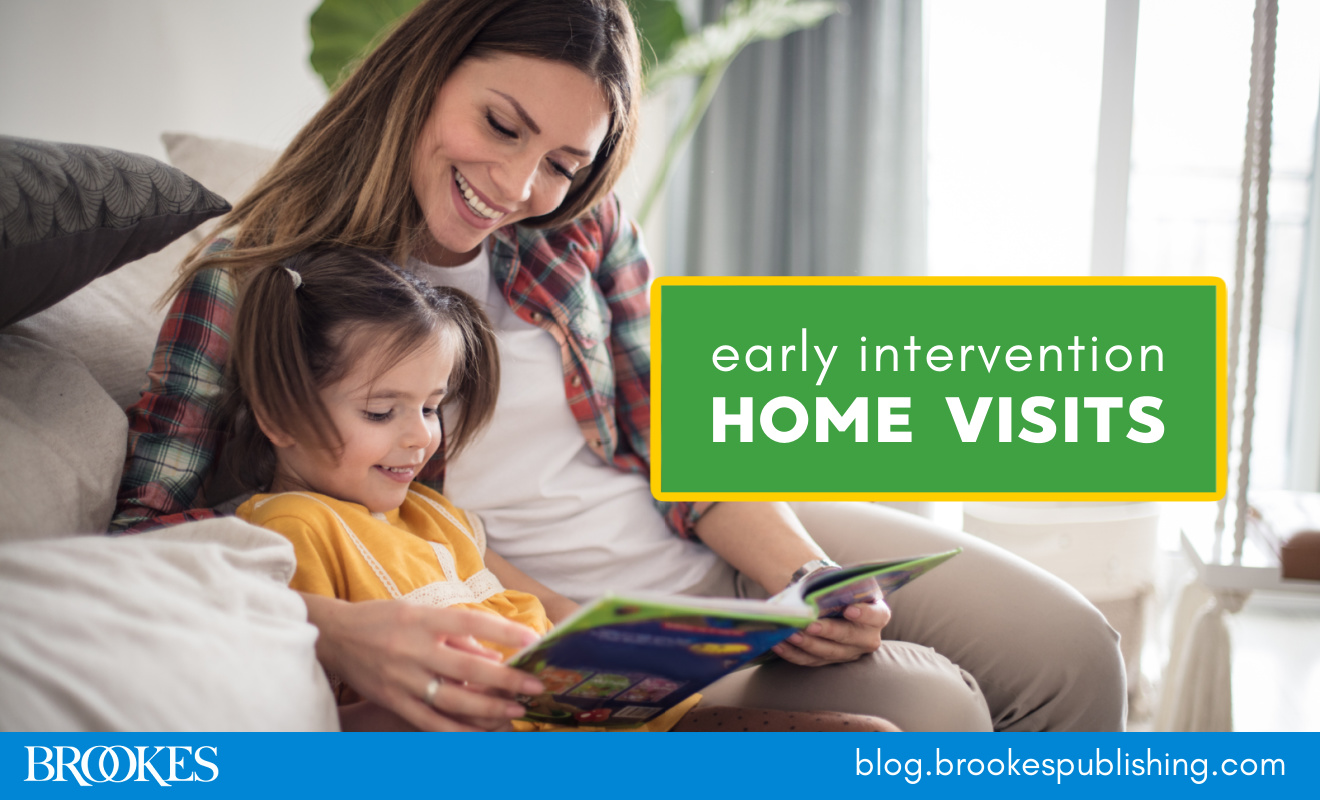
Write a Comment
Your email address will not be published. Required fields are marked *
Post a Comment